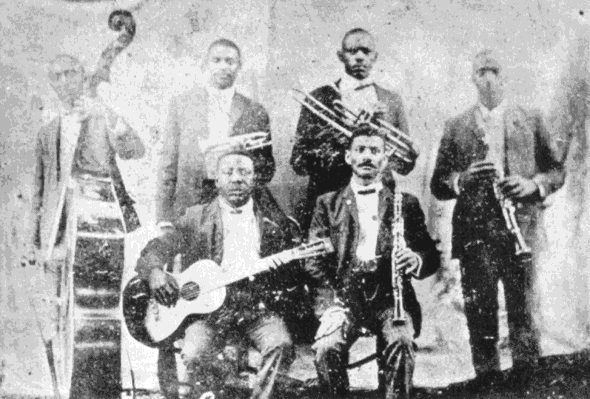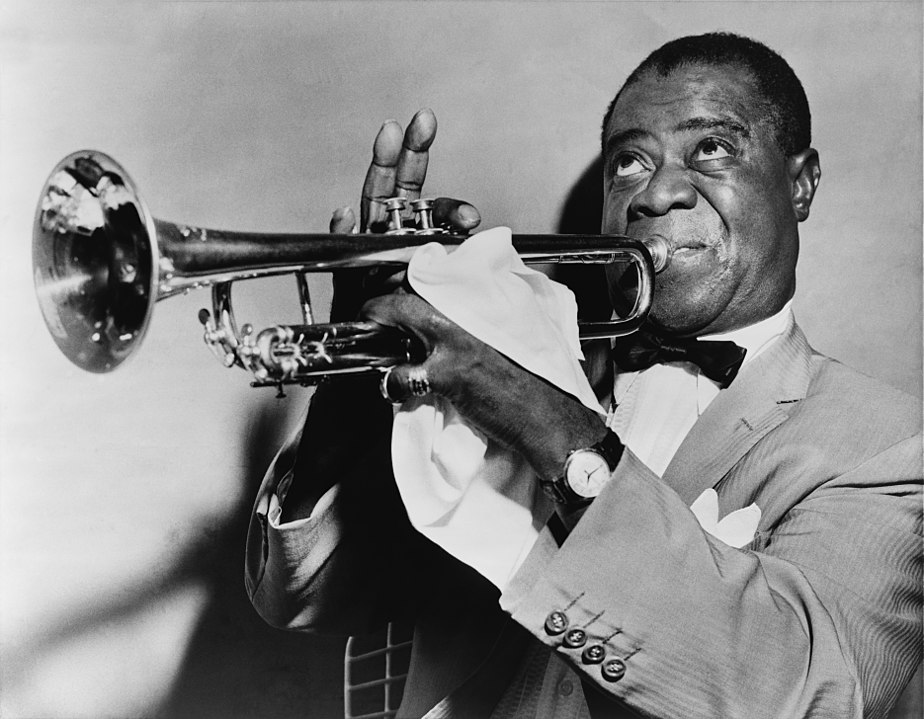Authors:
Historic Era:
Historic Theme:
Subject:
Spring 2021 | Volume 66, Issue 3


Authors:
Historic Era:
Historic Theme:
Subject:
Spring 2021 | Volume 66, Issue 3
Editor's Note: Brent Glass is Director Emeritus of the Smithsonian’s National Museum of American History and the author of 50 Great American Places: Essential Historic Sites Across the U.S., from which this essay is adapted.

On New Year's Eve in 1912, a poor eleven-year-old African American boy named Louis Armstrong was arrested for firing a pistol near his home in New Orleans's Third Ward. As punishment he spent eighteen months at the Colored Waifs' Home, where he learned to play popular songs on a cornet. When he came home, he began playing jazz, the new music sweeping the urban South, and launched a storybook career as a musician, entertainer, and cultural ambassador.
New Orleans was the perfect setting to nurture the talent and ambition of Louis Armstrong. Founded by the French in 1718, it was an international seaport attracting people from around the world who brought with them the music of their homeland. Dancing was also integral to the city's cultural life—including ballroom dances such as the waltz, polka, mazurka, and schottische—as were marching bands and parades, and weekly gatherings in Congo Square staged by the city's large slave population. New Orleans residents attended musical performances of all kinds, from opera and chamber music to the elaborate processions of Mardi Gras to informal gatherings in parks and at festivals. After the Civil War, the audience for music in New Orleans increased to include thousands of black migrants, including Armstrong's family, from plantations in the Mississippi delta.
The late nineteenth century was a time when the rigid code of racial segregation in the South firmly defined social and cultural boundaries through Jim Crow laws, designed to enforce segregation, and mob violence. Even in New Orleans, with its history of close contact among ethnic groups, the policy of segregation prevailed. The black community responded with resentment and resistance. The famous case of Plessy v. Ferguson involved a black Creole, Homer Plessy, who contested a Louisiana statute requiring “equal but separate” seating in railroad coaches. The U S. Supreme Court upheld this statute in 1896.

What African Americans could not achieve in the courtroom they did achieve in the dance hall. Jazz music emerged as a form of rebellion, a direct challenge to the dominant white society. The blues music of rural black migrants, shaped by spirituals and work songs, merged with the music of dance halls, parades, rallies, and funerals played by New Orleans's working class, mostly African Americans, who became known for altering,